It may be tempting to jump right in and start planning your very first day of school. But before we get into the specific details of what Day 1 should look like in the classroom, let's take a look at the big picture of the first week. When you know what you want to accomplish overall in the first week (or weeks), you will be able to plan backwards for an amazing first day!
1.) Establish your authority as the classroom leader.
One of the most important things you can do as an educator is ensure that your students feel safe and secure in your classroom. Knowing they can trust you as a leader to be loving and fair is just one way you can cultivate that feeling of safety.
- Prepare your Procedures and Routines in Advance: Kids will pick up really if you seem like you don't know what you are doing. It's so important that you have a clear and specific outline of every single procedure or routine you may think you will need BEFORE you start the first week. This is more important than any classroom decorations, trust me! It is so much harder to go back and fix bad habits than it is to teach them correctly to begin with. You can read more about how to design a classroom procedure, which specific procedures to consider, and how to align procedures with your classroom goals in the links provided. When you have a complete understanding of your routines and procedures, you will be able to teach them much more effectively.
- Correct Rule Violations Instructionally: As students are learning how to meet your expectations, it is very important that you do not give correctional consequences for general rule violations. (Of course there are exceptions if students are exhibiting dangerous behaviors.) If a student was misunderstanding how to complete a math problem, you wouldn't punish or yell at the child. Rather, you would reteach so the student would have an opportunity to learn how to do it the correct way. Apply this same concept to rule violations during the first week of school. When a student misbehaves, provide direct, brief, and explicit instruction on how to behave instead. View these initial misbehaviors as if they are honest mistakes, not intentional choices. This will go a long way in establishing your authority in a positive way!
2.) Establish a healthy foundation for relationships.
As educators, we need to build a healthy foundation for students to grow friendships with one another and trusting relationships with the other adults in the school. Our brains are wired to need each other. Psychologists have found that we all need to feel like we belong to something larger than ourselves and that we are accepted. As early as 7, children begin to care about peer affiliation. By the age of 12, they start to care about their social status. When children move into middle school, friendships are even more important! The research of Eric Jensen (Engaging Students with Poverty in Mind, 2013) shows that students' academic achievement, positive behaviors, and overall emotional wellbeing are directly correlated to their ability to develop healthy friendships. The following are just a few simple ways I start to build healthy peer relationships in the classroom during the first week:
- Class Meetings: I personally like to start every single school day with a Class Meeting. While this might seem excessive, this is time invested in building and maintaining healthy relationships, which correlates to improved student learning.
- Positive Peer Affirmations: I also like to build an environment that is affirming for all students. From the very first day of school, I encourage students to notice positive things in other people and to affirm them. This doesn't take any fancy resources, just time and attention.
- Sillybrations: My first year teaching, the special education teacher down the hall from me shared Dr. Jean's Classroom Cheers with our entire school. Years later, I came across the term Sillybrations from this YouTube video. Regardless what you call them, kids think they are silly and fun. Kids retain more information when they are able to laugh and have fun, so these are a staple in my classroom instruction. And yes, I even do them with middle schoolers!
3.) Establish learning-focused instruction.
It is really important to know the difference between learning-focused instruction and activity-focused instruction. When your classroom is built on activity-focused instruction, your students will think it is their job to get "done" with whatever task you put in front of them. Sometimes they won't even care if it's right, just that it's done. Then they want to know what they can do next. When you have a classroom built on learning-focused instruction, your students know it is their job to do the learning. They know the job isn't "done" because learning is never "done"! It may seem like a small distinction, but it is a really important one!
While I want to stress that it is MOST important that you are teaching routines and procedures your first week of school (or the first couple weeks), you can still establish that your classroom is a place for productive learning to take place. Explicitly teaching routines and procedures is a great way to get into the habit of beginning your lessons with the learning target and what evidence of learning looks like.
For this collaborative blog series, Dr. Tonja Irvine from Resource to Desk has shared some of her best tips to be ready for your first week of school! Check out her post here: 3 Tips for the First Week.
While I want to stress that it is MOST important that you are teaching routines and procedures your first week of school (or the first couple weeks), you can still establish that your classroom is a place for productive learning to take place. Explicitly teaching routines and procedures is a great way to get into the habit of beginning your lessons with the learning target and what evidence of learning looks like.
- Begin with the Learning Target: Learning targets are very specific to the moment of teaching. It isn't the bigger goal, but what you want students to know and understand right now.
- Model with Examples and Non-Examples: Modeling is another very effective teaching strategy, especially when teaching students classroom and school expectations. Take time during direct instruction to show them precisely what the expected behavior looks like as well as what inappropriate behaviors look like. This will set the stage for their success.
- Give Quality Feedback: Reinforce their learning with clear and specific feedback. Research shows that feedback is one of our teaching behaviors that is most correlated to student achievement and success (Hattie, Visible Learning for Teachers, 2011).
- Have Students Self-Assess: The explicit instruction of routines and procedures gives you so many opportunities to teach your students how to self-assess. Whether it is a simple thumbs up or down, or a more elaborate rating scale, have your students determine how well they think they are doing at mastering the expectations.
You May Also Like:
- Join our private >> Facebook group << for new teachers!
- 5 Tips for Creating Effective Classroom Rules - Learn the difference between a rule and a guideline and follow these tips for writing rules that set your students up for success
- 3 Things to Remember when Creating Classroom Routines and Procedures - Avoid common mistakes teachers make with these 3 tips when setting up your routines and procedures!
- Building Positive Classroom Culture - Learn the one magic ingredient for positive classroom culture, as well as specific guidelines and strategies to implement
- 10 Things I Wish I Knew Before My First Day Teaching - Learn from my mistakes so you can be better prepared for the unexpected things on your first day in the classroom!
- 10 Classroom Routines You Need Immediately - Have you overlooked these 10 important classroom routines?

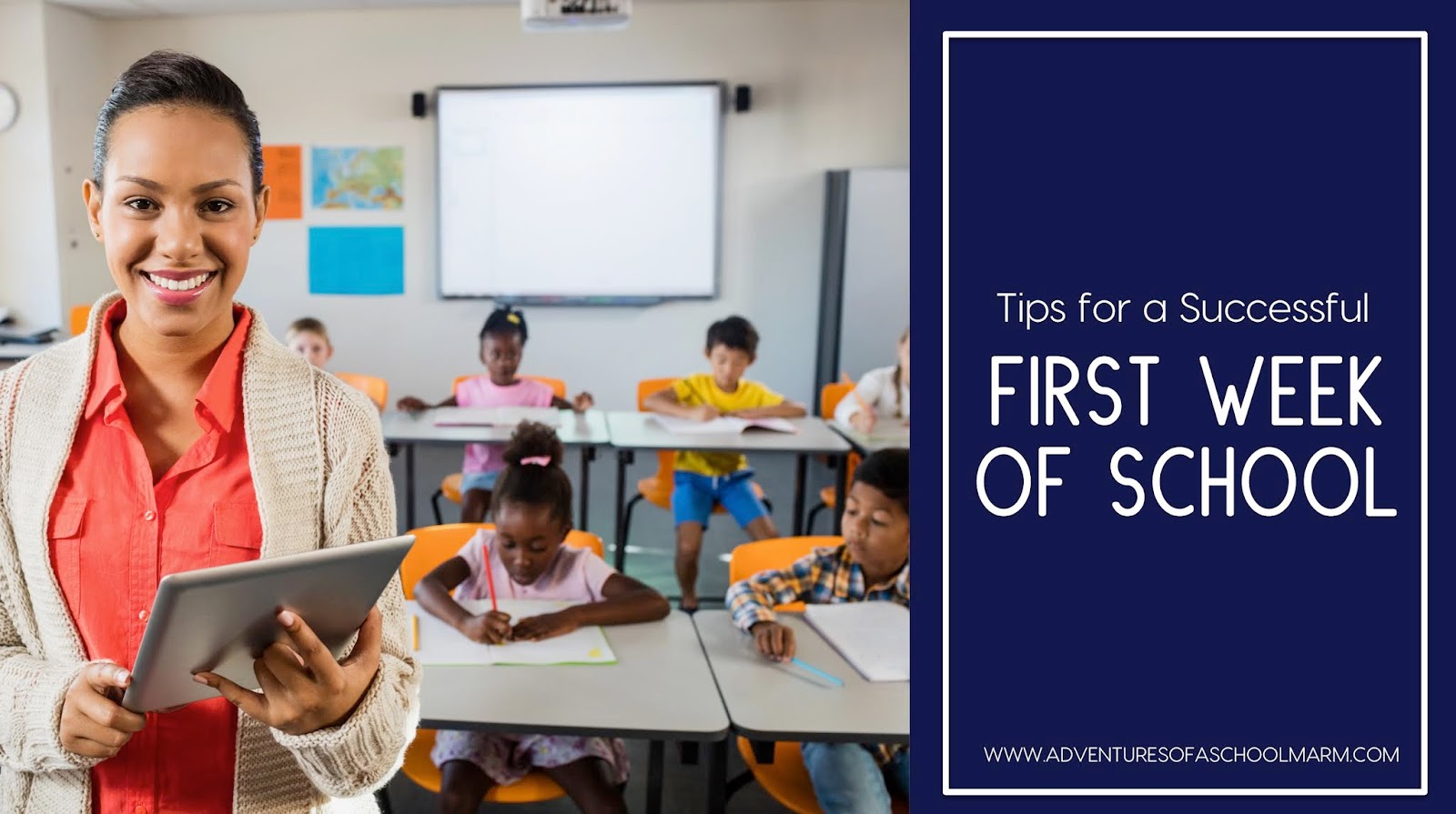
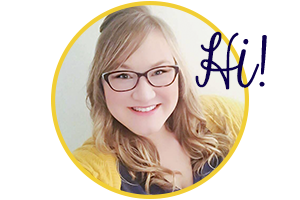


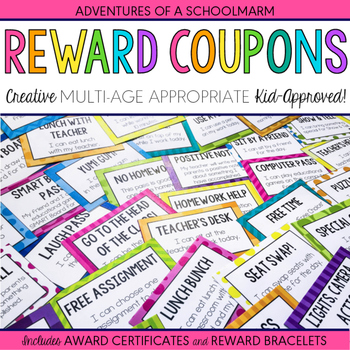
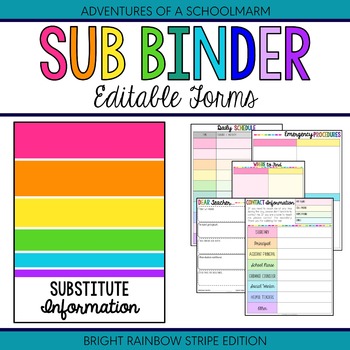
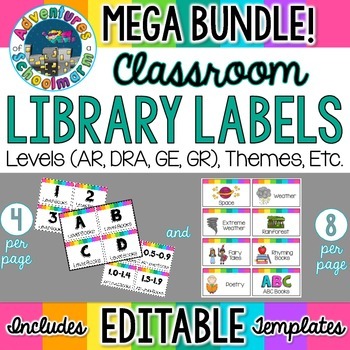
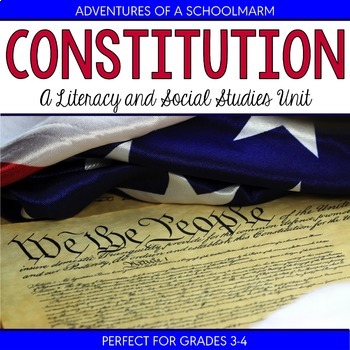
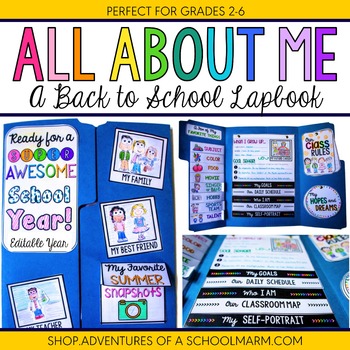

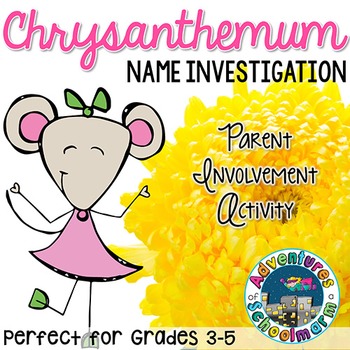




No comments